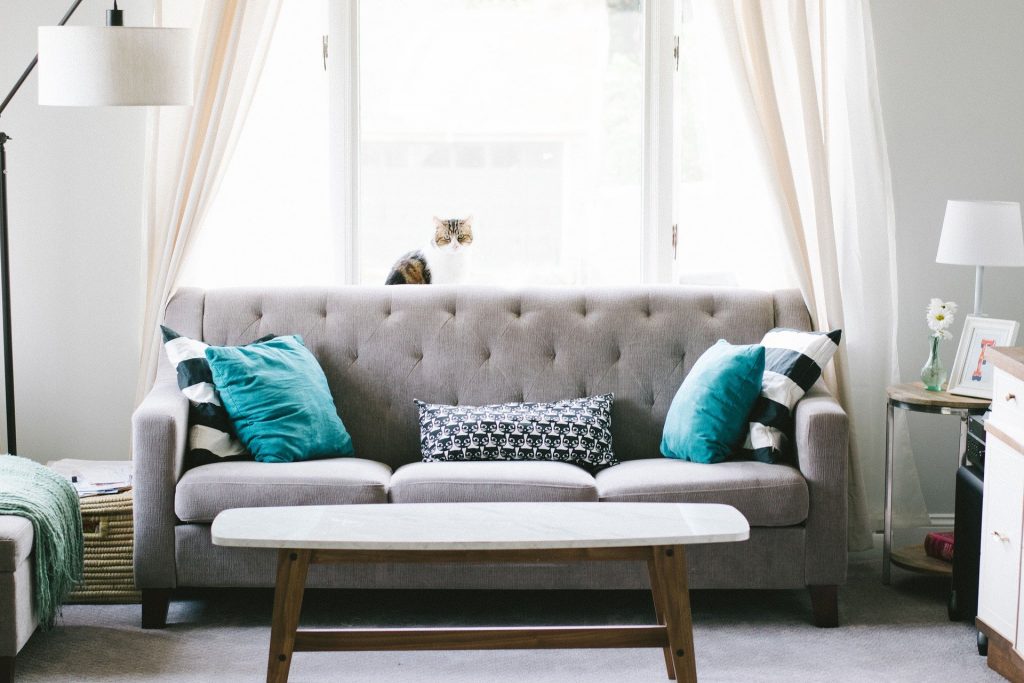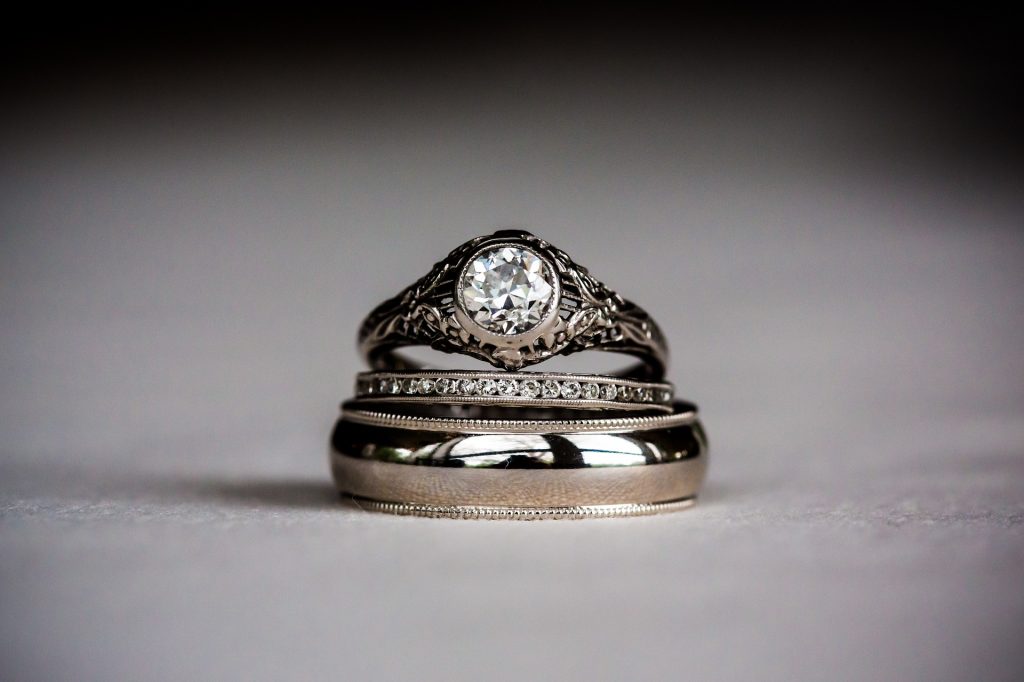When looking at home insurance, it can be divided into two sections – Buildings & Contents. Most people choose to take out combined policies covering both areas, while some opt for just Contents only cover. This is most common for renters or those living in flats.
In this article, we’ll cover some common questions about Contents cover and some helpful tips to help you to take out the right cover for you.

One easy way to think about it is if you were moving house – anything you take with you (like your furniture and personal belongings) would usually be counted under ‘Contents’. It typically also extends to include contents stored in outbuildings/garages/sheds not connected to the main property, though these may have certain restrictions in place.
The result is that Contents insurance is applicable to most people including renters, compared to Buildings cover which requires home ownership. It also applies to homeowners who own their property leasehold, where they will not usually be responsible for the Buildings cover so need to take out a separate policy for just Contents cover.

Most insurance policies will cover the same kinds of areas for your belongings – accidental damage, theft etc – and aside from some having different limits for these the premise is usually quite similar. A main difference arises in how they will pay you back for things during a claim.
An important term to look out for is ‘new for old’. Imagine that your TV is stolen. You bought it 5 years ago, and it’s probably not worth a huge amount of money now. In fact you might not even be able to buy that old model now. If you’re policy covers ‘new for old’, then you will just get a new TV to a comparable standard that you would buy today. If not, they may only give you back the current monetary value of the older unit which in this case might not be enough for you to buy a new TV.

You’ll need at least enough to cover all of the belongings in your home. Don’t be tempted to take out an amount less than this, as it can cause you problems when you need to claim. It’s most common for people to underinsure for contents, for this reason or due to poorly estimating how much the total of their belongings is worth. As an example, imagine you had £50,000 worth of stuff in your home, but you only chose to take out cover for £25,000. Since you are only insuring 50% of your contents, when you come to claim for any amount (e.g. £10,000 due to theft) you may only receive 50% of your claim back in proportion with your coverage compared to your possessions.
This isn’t always a problem at first, but the value of some of your possessions may increase over time and you will undoubtedly acquire more things in the future. If you don’t routinely check that your insurance is enough for you, you may find after a few years that you are accidentally underinsuring which could cost you a lot of money if you needed to make a claim.

Naturally the most rigorous way to do this is have a complete and priced inventory of everything you own… But this isn’t exactly something that everyone has lying around, and it would be a mean feat to pull one together. So instead, you can focus on some key areas to help with estimating the right figure for you.
If the policy is like ours at coverbaloo, you’ll get a fixed rate of cover (£100,000 in our case). This may be high enough that you’re confident without much estimating that this will be more than enough for you.
Some policies may work similarly but change the level of cover according to the number of bedrooms in the property. Equally, this can be a simple way of feeling comfortable with the amount if it’s high enough for your number of rooms.
Some insurers offer ‘Unlimited’ cover for Contents. As we’ve discussed in other posts though, while this is reassuring that you definitely won’t be underinsured, it can end up costing you more than you need where a fixed high limit would be more than enough for a lower cost.
Alternatively, some insurers ask you to specify an amount of cover, in which case you’ll need to work out a more accurate number to avoid underinsuring. Our quick tips on working this out are:
What are some of the most expensive items in your home off the top of your head? These may well account for most of the cover you need. This might include:
Walk round each room in your house and note down the largest or most expensive things you can see. Make sure you cover all the major pieces of furniture and any white goods. Again, the effective way of estimating is to get down the largest items first as they’ll probably get you most of the way there. Don’t forget to look all around the room and include things like light fittings and curtains, remembering what ‘Contents’ covers.
Getting a value for everything in your wardrobe is likely to be tiresome to price every item individually. Instead, count how many things there are and assign a conservative average amount to each one to find an estimate for the total. Do this for other areas, like crockery and cookware in the kitchen.
The above 3 steps should get you most of the way there, but you will certainly be missing some bits and may have forgotten a few things. It’s important to add a buffer for this to ensure that you’re not underinsuring. Equally in a policy where you choose the amount of your cover, you’ll want to allow a little for new things you might buy in the future or for things like jewellery to appreciate in value.
Go back through your total figure and the components that you’ve just worked out. Does it sound reasonable? Are the prices you have noted what you’d expect? Is there anything you’ve forgotten? Could you replace everything you own for this number? It might seem high as a total number, but hopefully it will make sense given how you got there.

You don’t need to tell your insurer details about most of your belongings, they’ll be covered as ‘unspecified’. But most insurers will need you to tell them about some objects when they are more valuable than a certain threshold, and this can vary a lot between providers. At coverbaloo, you’ll need to tell us if any one item is more than £2,500. And for items over £3,000 you’ll also need to provide a recent valuation. This is most common for jewellery, and should be fairly easy to obtain if you speak to your local jeweller.
It’s important to get regular valuations for items like this as the price may go up over time. For example, the price of gold has more than doubled over the last five years. So even if you didn’t have to do a valuation for them before, it’s important to double check if they need specifying now if they’ve appreciated in value.

Many people expect their valuables to covered away from home while they’re carrying them, like jewellery/watches etc – in fact it’s often one of the main reasons for taking out Contents cover. But most insurers won’t offer this cover as standard, leading people to be unexpectedly uninsured when they’re out and about. If this is important to you, then make sure to double check the policy for what you need.
At coverbaloo, we offer Personal Belongings cover as an add-on to your main home policy. Like the valuables kept at home, you’ll need to specify any over £2,500 that you want covered away from home. On top of that you can choose an unspecified amount to cover, which will be the maximum value of things you expect to take with you out of the house at any one time.
Have any other questions about Contents cover? Our experienced team will be happy to help, just email us at help@coverbaloo.co.uk or fill out the contact for on this website.
Hopefully you now feel a bit more informed about protecting your home and can find the cover that’s right for you.
Check out the other posts on our blog for more helpful tips on your home insurance.
And if you want to get a quote for Contents cover, either standalone or combined with Buildings, click on the link below and get a price in 5 minutes.
Subscribe to our newsletter to be notified when we publish more useful free guides